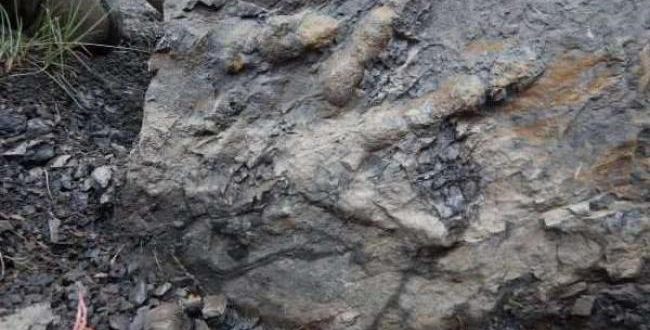Scientists unearthed the first dinosaur bones at the Denali National Park in Alaska during a voyage in July.
In all, four bone fragments were found — the largest only inches long but clearly belonging to a large animal, the scientists said. The shape of one of the specimens, a fossilized tendon, suggests to the researchers that the bones likely came from a large hadrosaur, a duck-billed herbivore that was among the most common large animals in the Alaska of the Cretaceous.
The find was a long time in coming. It was not until 2005 that the first evidence of dinosaurs was found in the park, in the form of tracks made by a theropod in the park’s Cantwell Formation. In the intervening years, thousands of tracks have been found. Until now, though, bones have remained elusive.
The news brings optimism to a new exploration project set to unfold in the park in the coming years.
“Finding these bones opens a new chapter in the story of Denali dinosaurs,” said Pat Druckenmiller, leader of the project and curator of Earth sciences at the University of Alaska Museum of the North. “That story is still being written as we find new sites, new kinds of dinosaurs and evidence of their behavior.”
“This is a world-class site for tracks of dinosaurs and other animals that lived in Alaska during the Cretaceous Period,” Druckenmiller added. “Now that we have found bones, we have another way to understand the dinosaurs that lived here 70 million years ago.”
Agencies/Canadajournal
 Canada Journal – News of the World Articles and videos to bring you the biggest Canadian news stories from across the country every day
Canada Journal – News of the World Articles and videos to bring you the biggest Canadian news stories from across the country every day



